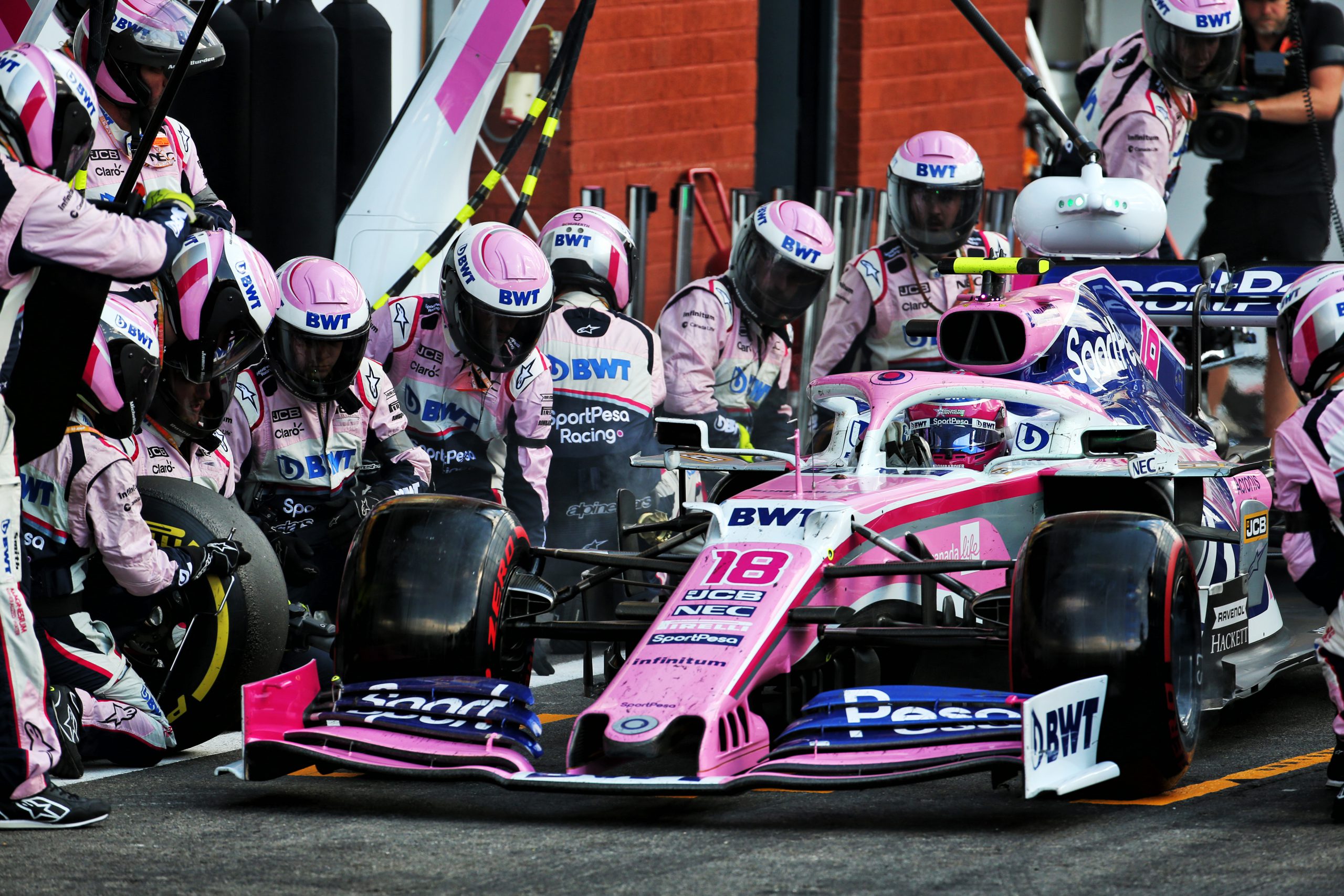Up Next

In simultaneously buying a stake in Aston Martin and rebranding his own Racing Point Formula 1 team with the iconic British sportscar company’s name from 2021, Lawrence Stroll has done more than a simple rebadge.
With some element of shared ownership – Stroll has bought a 20% stake in Aston and will be its new executive chairman – the F1 team can lay claim to be a genuine ‘works’ team. More so than, say, the Alfa-Romeo-branded Sauber team.
The reality of the move is that it underlines Stroll’s credentials as a serious investor. His expansion plans at Racing Point were already well underway before the Aston deal.
When completed, the new factory at Silverstone will take up around 10 times the acreage of the original, which dates back to the Jordan days. Staff numbers will have doubled, making Aston Martin/Racing Point a genuine medium-size team rather than the minnow it has traditionally been in its many former guises.
The ambitious Stroll aspires for the team to be more simply than ‘fighting above its weight’. He sees the expansion, which will be carefully controlled, as dovetailing with the 2021 regulations to allow it to grow into a genuine contender.
Is that optimistic? Maybe not in the longer term. This is a team that retains a great technical core, led by Andy Green, that will now be much more in charge of its own destiny, will have the resources to more fully research new solutions and which will still benefit from the technical partnership with Mercedes.

The profile and prestige of the Aston Martin brand has always been out of proportion to the small size of the company. As ‘Britain’s Ferrari’ and James Bond’s car of choice it’s among the most desirable brands in the automotive world and hence it’s never been allowed to die even as it’s hit financial difficulties.
Stroll not only sees the potential of the company, but also the potential of the name to his F1 operation.
Of all the brands in the paddock, Aston Martin is among the most prestigious. In the marketing world, the value of a brand is measured by estimating the future revenue attributable to it and calculating a royalty rate that would be charged for the use of the brand if the company didn’t already own it. In this measure, Aston Martin is hugely valued, (at $3.6billion in 2018), which puts it third behind only Mercedes and Ferrari of the brands involved in F1.

The value of association with the Aston Martin name makes it a much more attractive proposition not only to sponsors – but to F1 itself. As a team rather than simply a sponsor – Red Bull has confirmed its current sponsorship arrangement with the company will cease at the end of this year – Aston Martin puts value on the championship itself.
There’s a synergy for Stroll in the two entities. The commercial performance of the car company is heavily dependent upon the success of forthcoming new models. The Adrian Newey-designed Valkyrie hypercar is still on course for production but is set to spawn cheaper mid-engined models such as the Valhalla.
These mid-engined cars, much racier than Aston’s traditional front-engined GTs, are set to be a big part of the company’s future and as such an F1 link gives them greater kudos in the marketplace.



